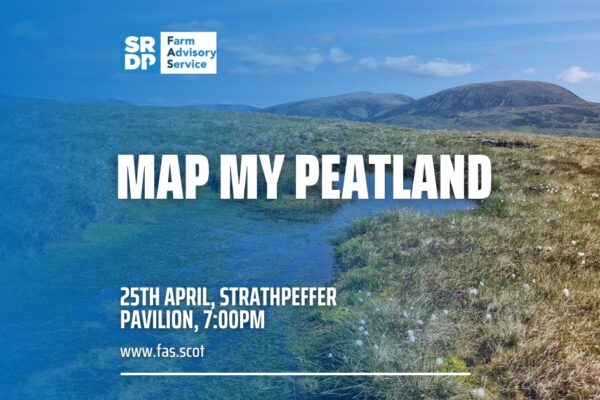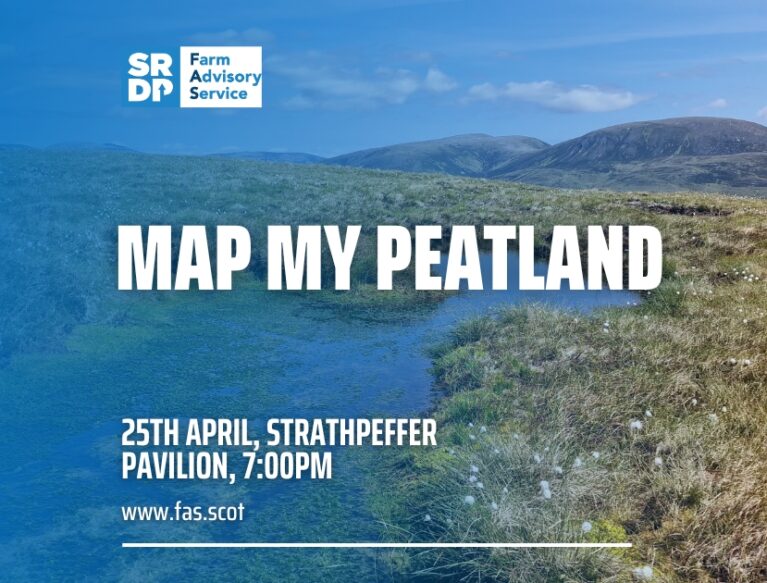Environment
Bats and Biodiversity
If you are out on the farm around dusk or dawn during the summer months, you might spot bats fluttering through the sky, when little else is active but you…
Read More >Bats on Farmland: An Evening at Culzean
An evening at Culzean to show how to identify bats, and why they are important for your farm. What does the presence of bats tell you about your farm’s biodiversity?…
Read More >Map My Peatland
Map My Peatland: Have your say about what equitable and sustainable peatland restoration looks like. As we aim to deliver our climate goals and achieve Net Zero by 2045, we…
Read More >Climate Change Focus Farm: Stewart Tower Farm
This article originally appeared on the Farming For A Better Climate website Stewart Tower was one of our first four Climate Change Focus Farms and participated in the project from…
Read More >Climate Change Focus Farm: Torr Farm
This article originally appeared on the Farming For A Better Climate website Torr was one of our first four Climate Change Focus Farms and participated in the project from 2010…
Read More >Denise Walton – Scottish Borders
This article originally appeared on the Farming For A Better Climate website As well as running an organic and Pasture for Life accredited mixed farming business within the Scottish Borders,…
Read More >Restoring Rural Resilience: Woodend Farming Partnership
This article originally appeared on the Farming For A Better Climate website Woodend Farming Partnership was formed in 2008 by John & Louise Seed who now work with their son…
Read More >Climate Change Focus Farm: Ardoch of Gallery
This article originally appeared on the Farming For A Better Climate website Willie Officer, in partnership with his Parents, farm at Ardoch of Gallery near Montrose in Angus. The arable…
Read More >Climate Change Focus Farm: Rumbletonrig, Scottish Borders
This article originally appeared on the Farming For A Better Climate website Messer’s J. Mitchell is a family run farming business located at Rumbletonrig, outside the small town…
Read More >





